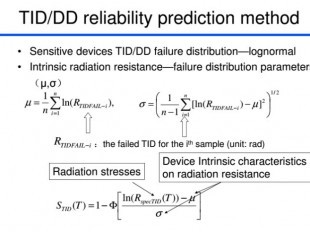Space radiation environment is an important failure causing factor in space vehicles. Traditional reliability prediction method did not include the space radiation environment reliability. It’s the time to set up a method of space radiation environment reliability prediction. Continue reading
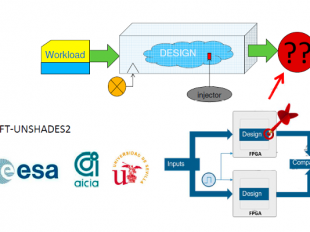
Los aceleradores son el método aceptado para validar un dispositivo para volar. Las pruebas in vivo son una tarea compleja y costosa que se necesita para obtener información sobre cómo las fallas pueden propagarse a los productos primarios y monitorear que la respuesta de un... Continue reading
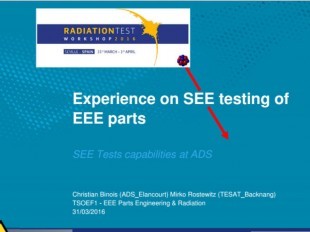
Many basic testers availables which offer the capability to carry out a test in a rather short delay (a few weeks) at a relatively low cost. Capability to develop on demand test setup for complex devices (μP High frequency devices, RF fixtures etc…) higher cost driven by the... Continue reading
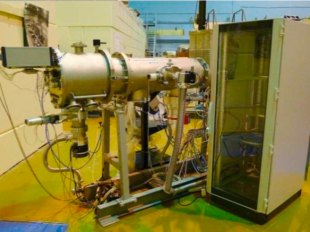
1. Admissible methods for SEE testing were determined on accounts of their realization at Roscosmos Test Facilities. 2. The SEE Testing Aids (based on ions, proton and laser sources) were created and are currently in operation. 3. The Roscosmos Testing Aids provide tests for all... Continue reading
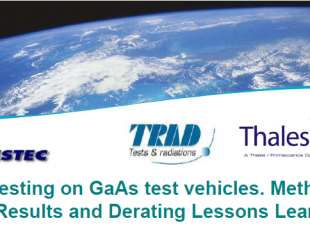
Radiation sensitivity of GaAs components is not really well known, compare to other technologies. Traditional radiation harness policy consisted in a good derating in DC bias conditions to ensure operation inside a known or expected DC safe operating area (SOA). However... Continue reading
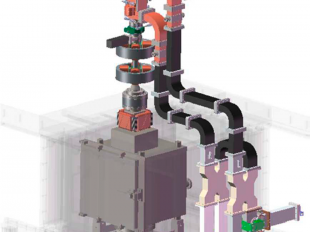
Space is a harsh environment due to vacuum, UV, temperature, vibration and radiation…etc. Before landing a space vehicle, devices and materials have to be tested at ground level in order to estimate the effect of all these parameters to know about irradiators. This is why, it is... Continue reading
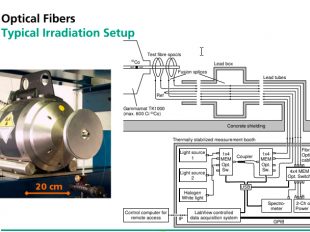
Given a general introduction on testing optical materials for use in radiation environments. A special emphasis is given to thin optical coatings, optical fibers, and fiber Bragg gratings. Here the test procedures are much more challenging than for bulk materials. The challenges... Continue reading
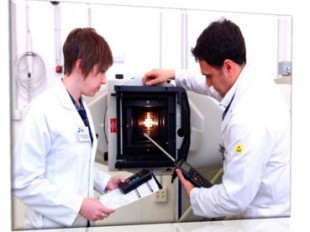
The Total Ionizing Dose (TID) radiation test on EEE parts involves a number of variables and processes which must be kept under control to ensure correct test execution and compliance with the used test method. From the test plan definition to the test report issue, proper... Continue reading
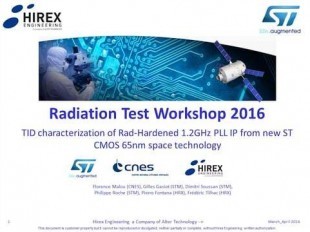
The Aerospace and Electronic Businees Unit is part of the Hirex Engineering, one of the Companies within the Alter Technology, owned by TÜV NORD. This engineer service, focus in radiation in electronic devices, shows a Test Vehicle TID. In order to advance the report, a few... Continue reading
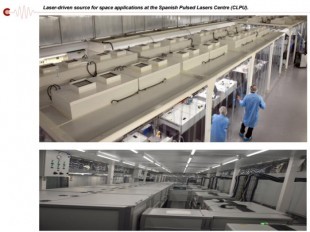
The advent of the chirped-pulse amplification (CPA) technique has revolutionized the physics of particle accelerations. Compared to conventional accelerator, lasers can produce ultra short particle beams with high brilliance and broad energy spectrum. Moreover Laser technology... Continue reading
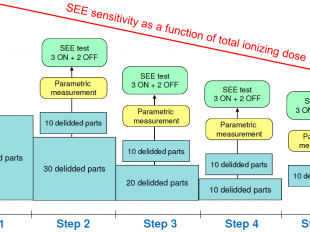
The radiation hardness of modern electronic devices regarding the space radiation environment is characterized according to two main aspects: cumulated effects and single event effects. The parts radiation qualification process includes Total Ionizing Dose (TID), Total Non... Continue reading
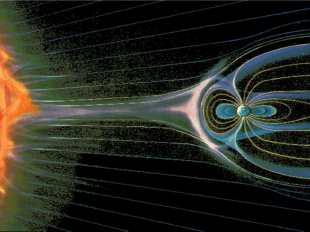
A new issue (issue 5) of ESCC22900 TID test standard will be released this year. The changes will be presented. Then, study results about part to part and lot to lot TID sensitivity ariability on bipolar linear devices will be presented. Impact on sample size and testing... Continue reading

